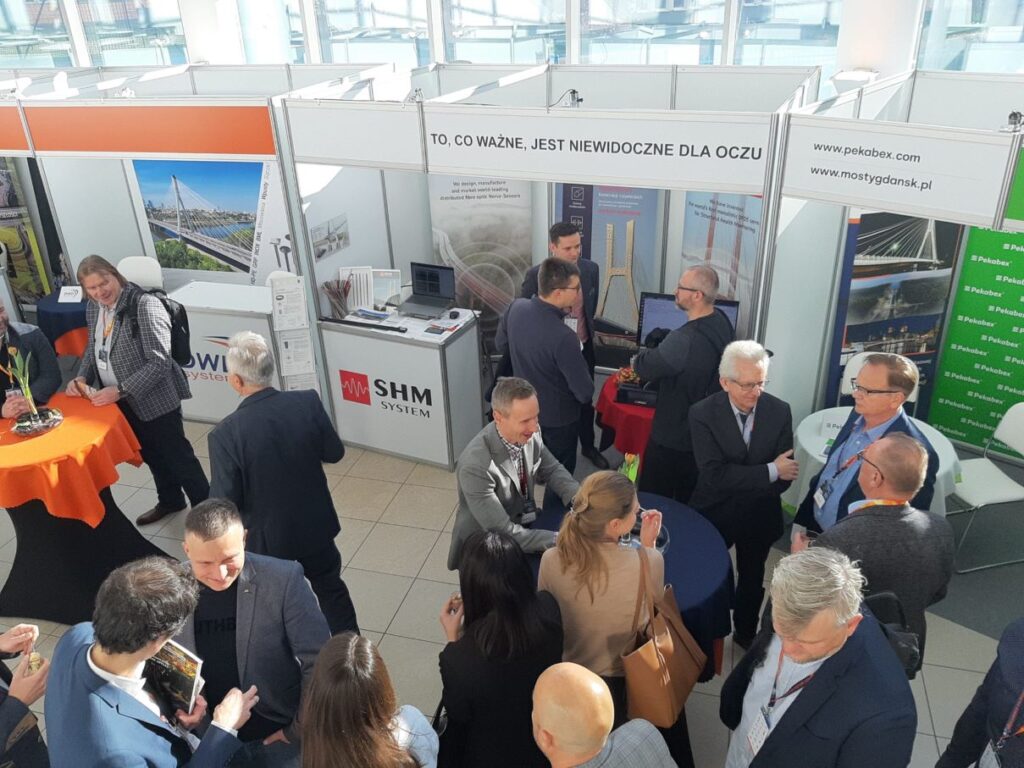An Introduction to High-Definition Fiber Optic Sensing

We encourage you to watch the exciting and informative webinar hosted by David Potter from Luna Innovations. Principles of distributed sensing approach are discussed, and many practical examples are presented, including civil engineering applications with Nerve-Sensors! 💪
Here you can find the link:
“An Introduction to High-Definition Fiber Optic Sensing”
With the ever-growing demand for intelligent and autonomous systems, fiber optic sensing continues to evolve as a critical tool to acquire the essential measurement data and insights that engineers need. More specifically, high-definition fiber optic sensing (HD-FOS) has emerged to play a critical role in the development, manufacturing, and maintenance of today’s advanced products and technologies across many industries, including aerospace, electric vehicles, energy and civil infrastructure.
As an alternative to traditional test and measurement sensors, such as strain gages, thermocouples and RTDs, HD-FOS delivers a versatile solution to easily measure more critical data without the hassle and limitations of bulky electrical sensors and their associated cabling. And compared to other fiber optic sensing technologies, HD-FOS is the only solution that converts a standard optical fiber into an ultra-fine resolution linear sensor for accurate strain and temperature measurements.
This webinar will describe how fiber optic sensing works and the basics of how HD-FOS is used and applied. We will also review examples of successful HD-FOS applications in several areas, including structural testing with advanced composite materials, thermal monitoring for manufacturing process control, thermal analysis of battery and powertrain systems, and structural health monitoring involving crack and defect detection in concrete and modern composite components.




